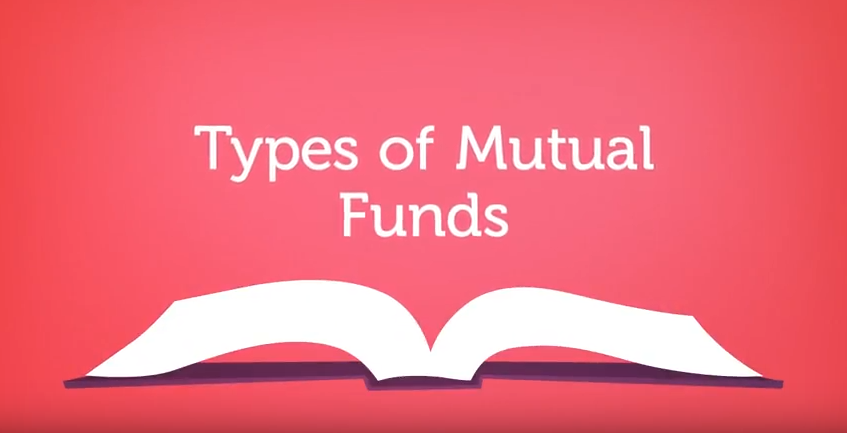Common Types of Mutual Funds
These days a maximum number of forex traders make use of the mutual funds while trading. But which trader choose which kind of mutual fund investment simulator varies upon their own choices. It’s vital to know that every mutual fund has various risk and rewards associated with it. Normally, the greater the potential profit, the greater the chance of potential trouble. Although few funds are not that much unsafe than others, all funds have some level of risk. Note that it’s never possible to eliminate a risk with market funds as well. This is one of the most common facts for the investments that are made in forex trading. Every mutual fund has a calculated investment goal that helps to a person to make investment plans.

Normally, there are 3 characters of mutual funds investment. These are those that fund in stocks, the second one is those that fund in bonds and the third one is those that fund in stocks & bonds both.
Let’s move over several characters of funds.
Money Market Funds: The money market includes risk-free small-term debt investments. This is a reliable place to store your capital. You won’t get actual profits, but you won’t need to bother about wasting your principal. A regular return is much more than the price you would get in a normal checking or savings account and a few less than the ordinary receipt of deposit. While capital market funds spend in ultra-reliable assets, few money market funds did encounter failures after the price of these stocks, typically fell below.
Income Funds: Income funds are mentioned for their goal: to give prevailing income on a regular basis. These stocks invest principally in administration and high-quality corporate bonds, including these bonds till development in order to give business streams. While stock holdings may relish in value, the main purpose of these stocks is to give a constant capital flow to investors. As such, the public for these stocks consists of traditional retirees. Because they provide a fixed income, tax-conscious investors may need to withdraw these funds.
Bond Funds: Bond funds advance and actively patronize in several kinds of bonds. Bond funds are usually maintained and try to get undervalued bonds to exchange them at a value. These funds are expected to give greater returns than records of deposit and cash market purchases, but bond funds are also not without risk. As there are many kinds of bonds, bond funds can fluctuate dramatically relying on wherever they are been invested. For instance, a fund concentrating in high-yield stuff bonds is much riskier than a fund that funds in equity assurances. Moreover, almost all bond funds are subjected to credit rate risk, which implies that if prices go above the price of the stock moves down.
Balanced Funds: The purpose of these funds is to give an equitable blend of safety, income, and capital sensitivity. The policy of balanced funds is to fund a portfolio of secured assets and equities. A standard balanced fund must have 60% of equity. Also, it’s going to have 40% of established income. The weighting might further be limited to a defined maximum or least for every asset class so that if stock values rise higher than bonds, the portfolio administrator will rebalance the portfolio by itself.
The similar kind of fund is recognized as an asset allocation stock. Goals are alike to those of an equitable fund, but these sorts of funds normally do not need to hold a particularized interest of any asset type. The portfolio manager is hence provided independence to change the proportion of asset levels as the market goes through the trade cycle.
Equity Funds: Funds that invest in assets represent the extensive kind of mutual funds. Usually, the investment purpose of this type of funds is long-term money growth. There are, though, several different kinds of equity funds as there are several kinds of equities. A comprehensive way to know the world of equity funds is to utilize a custom box, an instance of which is here.
Global/International Funds: A global fund invests solely in assets placed outside your country. International funds can fund anywhere throughout the globe, including in your home nation. It’s hard to distinguish these stocks as either threatened or reliable than private investments, but they have managed to be more active and have unique risks. On the other side, they can decrease uncertainty by improving diversification.
